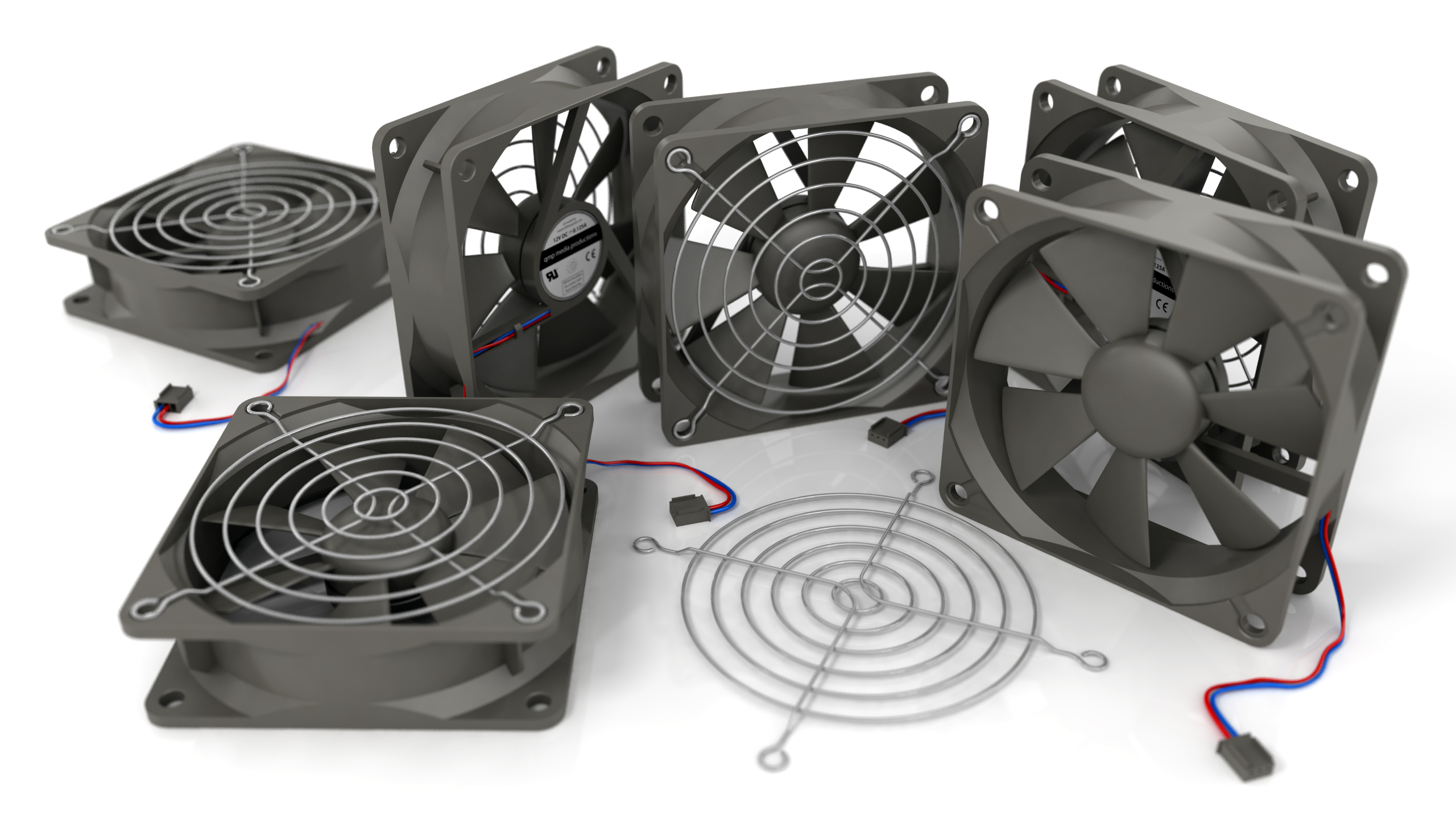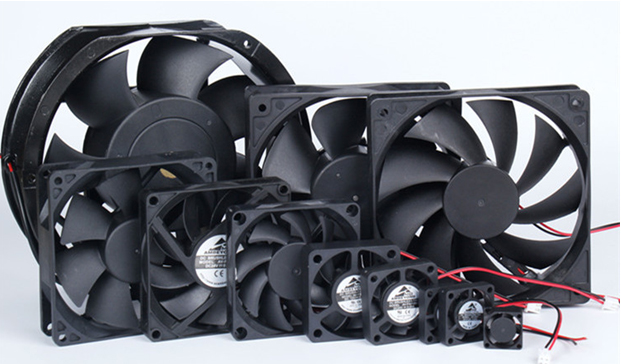
Panel cooling fans provide an ideal solution to the application, which requires greater efficiency and soundless operation. A panel cooling fan works by extracting the cold air from the bottom vent, further realizing hot air from the top vent as the heat rises upward.
In this blog JIGO, one of the leading panel cooling fans manufacturers in India is going to present you with the unwavering benefits of using a panel cooling fan and thereby will provide you with some guiding points, so that you could choose the best among the rest.
The Unwavering benefits of using a panel cooling fan are:
=> Panel cooling fans are economical
=> Panel cooling doesn’t contain any CFCs
=> They are easy to install
=> The panel cooling fans are compactable and hence takes up less space
=> They require low maintenance cost
=> They also prevent heat and nuisance tripping
=> Any contaminations like dust and dirt get prevented by the panel cooling fan and help in keeping a positive pressure with the enclosure
=> Panel cooling fans are applicable to all environmental conditions, which include temperatures as high as 200-degree F
These are some of the unwavering benefits of using a panel cooling fan.
Once a designer reaches the conclusion, he needs to answer the next question i.e. “What sort of fan do I need?” often followed by the question of “What size does the fan needs to be?” and many more to follow on. There is a process that goes through to arrive at an answer to these questions.
You May Life: Cooling Fans – Definition, Application, Uses, and Types
Here are some guiding points that will help with answering the process:
=> Understand where and how much heat is being generated – Before the process begins of selecting the perfect fan, you must understand the amount of heat your system generates. Components like microcontrollers, processors, FPGAs, and MOSFETs are the ones that consume the heaviest powers and hence generating significant heat dissipation.
=> Determine the airflow that needs to keep the rise of temperature in check – Component performance and reliability can be vividly decreased while operating at a higher temperature. Therefore, in order to determine the required airflow to ensure component temperatures stays within an acceptable range, the determination of allowable temperature rise must get addressed.
=> Find a panel cooling fan which meets airflow requirement – Next, we need to determine and understand airflow impedance of the system. JIGO one of the leading panel cooling fan manufacturers in India normally specifies airflow for a given static pressure. As airflow varies in reverse along with the static pressure, the manufacturers typically present the information using graphs.
=> Choosing the type of panel cooling fan – Choosing the exact panel cooling fan that fulfills your purpose is the most vital thing. There are different types of panel cooling fans like axial fans and centrifugal fans. The axial fans are ideal for a system with relatively low static pressure, whereas centrifugal fans possess the effects of compressing air.
These are the guiding tips that would help you to choose a panel cooling fan of your choice.
The blog represents the unwavering benefits that a panel cooling fan provides to its users and also includes the guiding points or tips to choose one. For further information regarding panel cooling fans visit JIGO one of the leading panel cooling fans manufacturers in India at https://jigoindia.com/.


